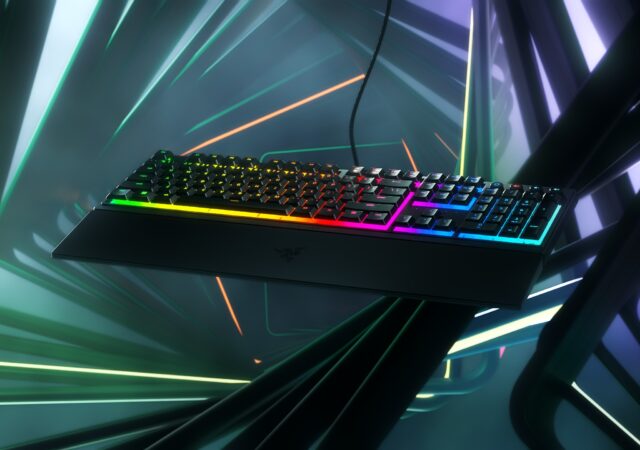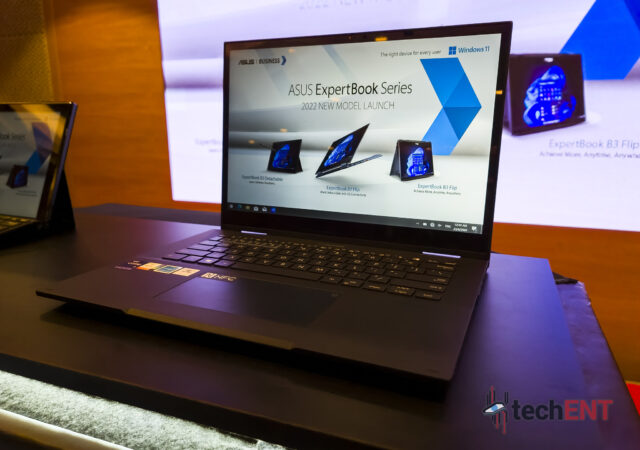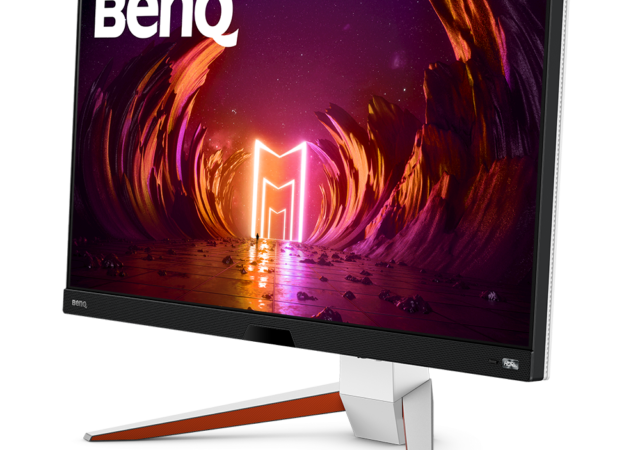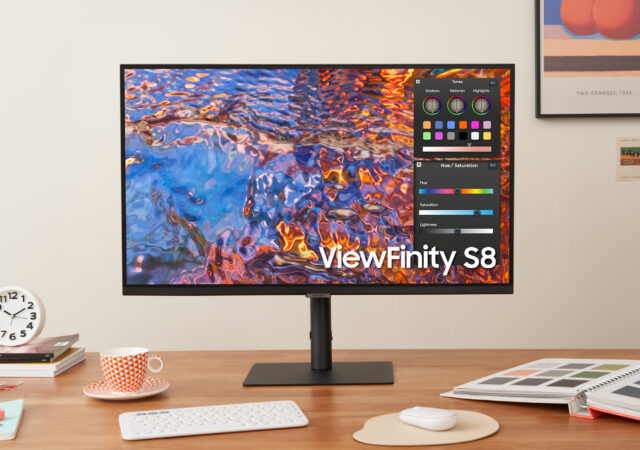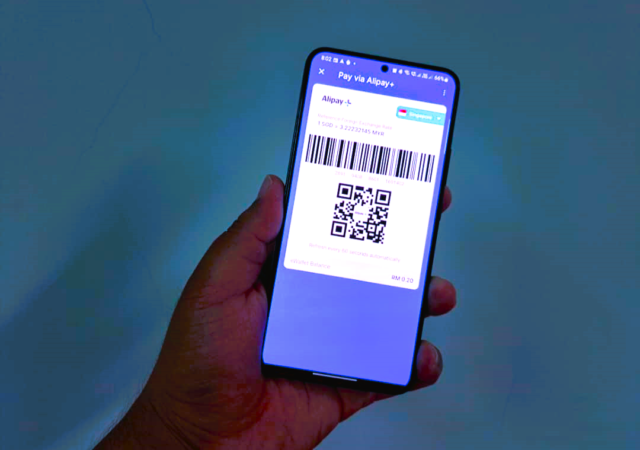Razer unleashes the Ornata V3 mecha-membrane keyboard. The new keyboard is smaller and flatter than ever at MYR 329.
More Apple Than Ever: Apple is Preparing to Launch More Products Beyond WWDC 2022!
Apple’s WWDC 2022 saw the Cupertino giant unpack a lot of things. It could be a pre-cursor to even more things from Apple Campus for 2022.
ASUS Launches New ExpertBooks for 2022 Powered by Intel’s 12th Generation CPUs
ASUS has launched the new ExpertBook B7 Flip, ExpertBook B3 Flip , and ExpertBook B3 Detachable with the latest generation CPUs for 2022.
BenQ Introduces their 2022 Line-Up of Products with HDRi and Eye Care
BenQ launches a slew of monitors with HDRi and Brightness Intelliegence technology including two new MOBIUS 4k gaming monitors.
The Megapixel Race is Back on with Sony Looking to Introduce 100MP Smartphone Camera Sensor
Sony is looking to introduce an IMX8 series smartphone camera sensor that breaches the 100-Megapixel count later in the year.
Samsung Announces Creator Focused ViewFinity S8 Monitor
Samsung announces a new creator-centric monitor with the new ViewFinity S8 series of monitor that bring colour accuracy and eco awareness.
WhatsApp Now Allows You to Hide from Select Contacts and Mute Users in Group Calls
WhatsApp has just updated their app and brought some new privacy control and group call controls to users.
You Can Now Use Your Touch ‘n Go eWallet in Singapore
Touch ‘n Go eWallet expands payments to Singapore as they begin their reach beyond Malaysian shores in collaboration with Alipay+.



